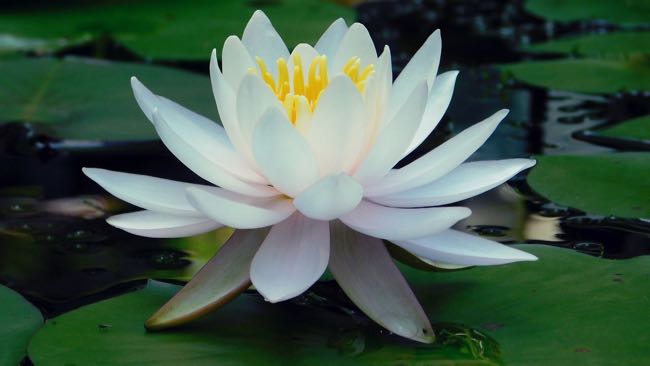
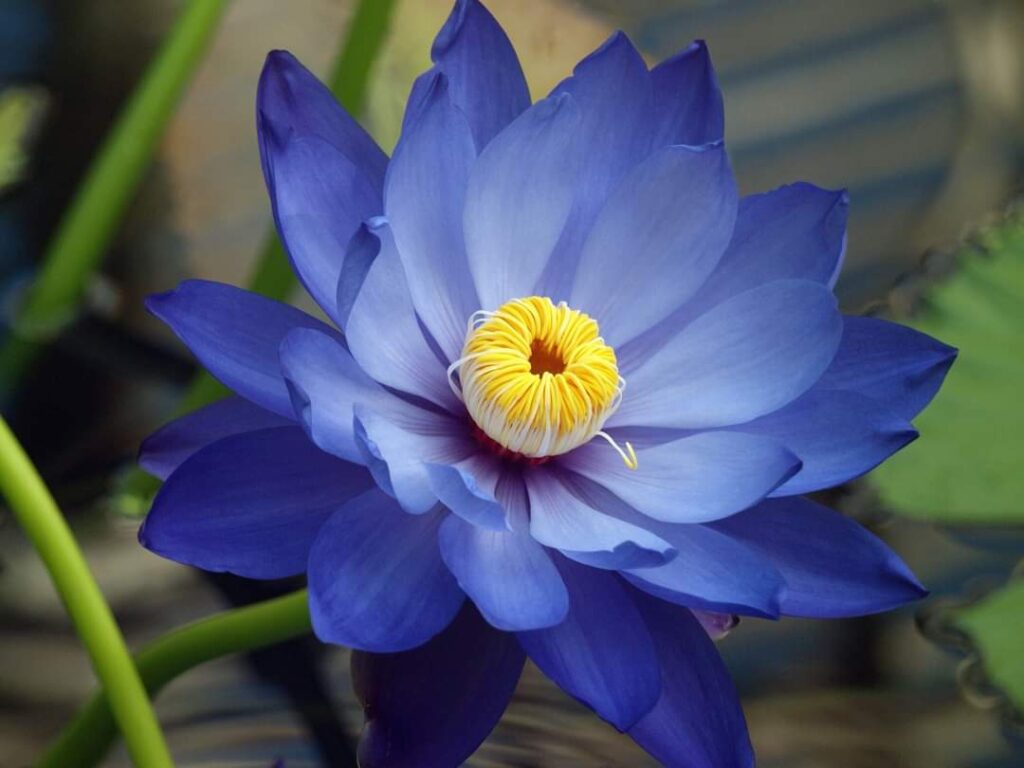
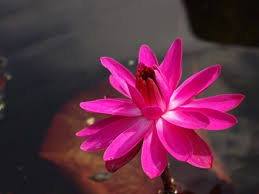
Scientific Name ¦– Nymphaea rubra Roxb.
Nymphaea alba Linn.
Nymphaea stellata
Family ¦– Nymphaeaceae
Vernacular Names ¦–
English ¦– Water lily
Malayalam ¦– Aambal
Hindi ¦– Chhota kamal
Sanskrit ¦– Kumuda, Utpala
Tamil ¦– Allitamarai
Telungu ¦– Allitamara
Distribution and Habitat ¦– Common throughout India in the warmer parts
Parts Used ¦– Root stalk, flower
Properties ¦– Stomachic, antidiarrhoeal
Uses ¦– Flower is used in removing impurities from the blood, thirst, and cough and vomiting. Powdered rootstock is used in dyspepsia, diarrhoea, piles
Botany ¦– Aquatic herbs. Root stock tuberous, short, erect, and roundish. Leaves peltate, 15-25 cm diameter, sharply toothed, downy but not spotted beneath. Lobes diverging; connectivum not prolonged. Petioles very long, cylindric, submerged, glabrous or puberulous, inserted 12-18 mm within very near the margin of the leaf. Flowers, solitary,7.5-20 cm across, deep red, pale rose or white, open in the mornings only; peduncles very long, usually pubescent; torus bottle shaped. Sepals 4, oblong, obtuse, 5-10 ribbed. Petals numerous, about 12, oblong, obtuse, about thrice as long as broad. Stamens about 40; anthers without appendages; filaments much dilated at the base; pollen smooth. Stigma 10-20, rayed, with clavate appendages. Fruits 3 cm diam, fleshy, globose, green, ripening beneath the water. Seeds ovoid, rough, aril white, transparent.
Flowers and rhizomes—astringent, demulcent, mild sedative, spasmolytic, antiseptic, antimicrobial.
Used in the form of an infusion internally for chronic diarrhoea, as a douche for leucorrhoea and vaginitis, as a gargle for sore throat. Also given internally in prostatis.
Seeds—used in diabetes, also in cutaneous diseases.
Filaments— astringent and cooling; prescribed for bleeding piles and menorrhagia.
Plant—toxic on the nervous system.
The flowers contain flavonoids including quercetin, kaempferol, apigenin. Cardiac glucoside, nymphalin, showed sedative action in small doses.
The petroleum ether extract of the plant of Nymphaea species, given at a dose of 300 mg/kg i.p. prevented necrosis of the liver tissue and promoted, to some extent, liver regeneration
in CC14-induced toxicity.
Dosage [1] Dried flowers—3- 6 g (API,Vol. III);
seed—3-6 g. powder (CCRAS.).
Red Water lilly
Flower—astringent, cardiac
tonic; used in palpitation of heart.
Rhizomes—used for dysentery and
dyspepsia.
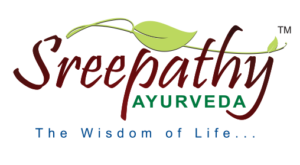

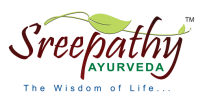
I appreciate you penning this write-up and the rest of the website is very good.
Thanks for ones marvelous posting! I really enjoyed reading it, you may be a great author.